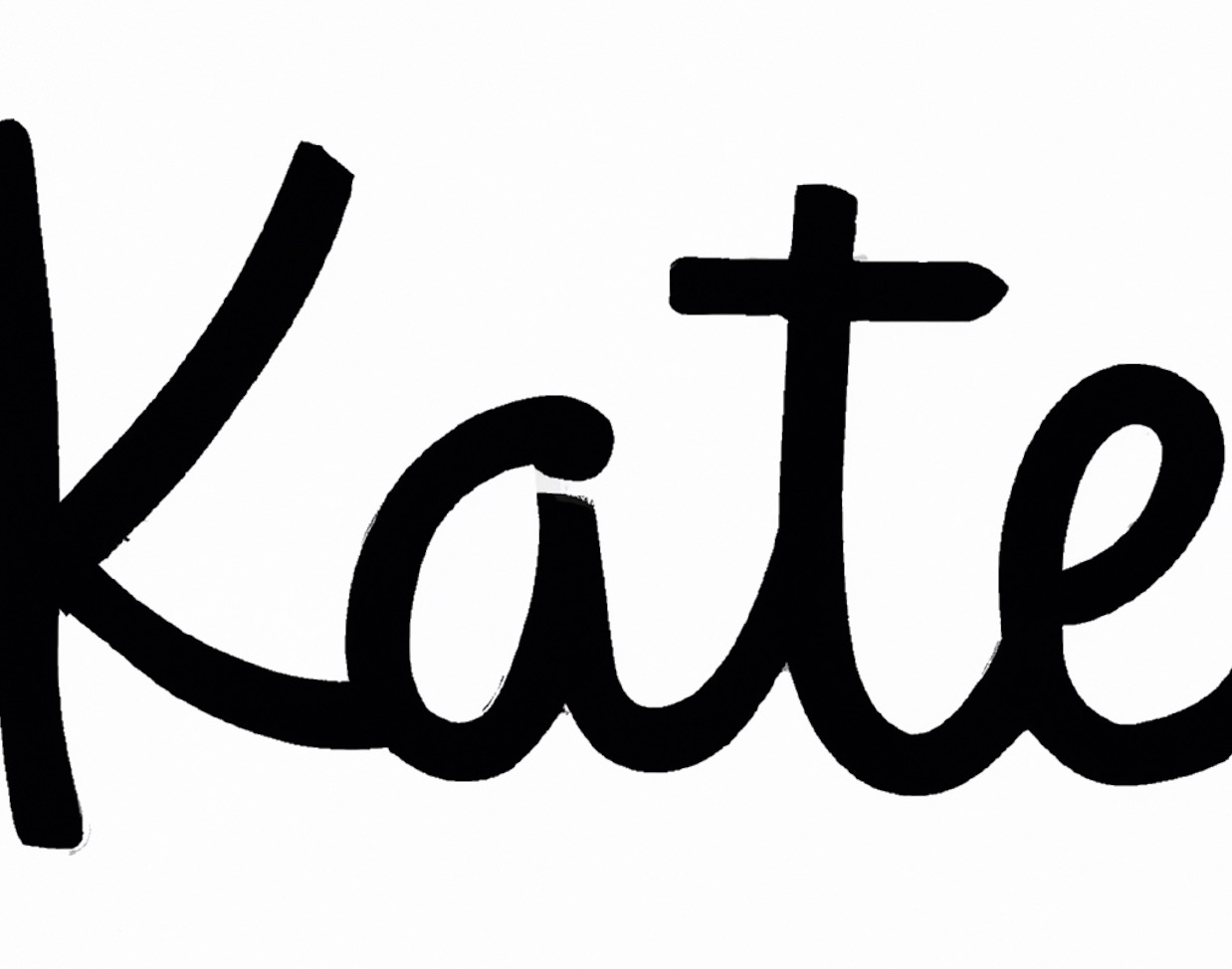Transfer paper is a type of specialty paper that is used to transfer images onto other surfaces. It is most commonly used with craft projects, such as t-shirt designs, wall decals, and more.
The Silhouette Cameo is a popular cutting machine that can be used with transfer paper to create custom designs.
Transfer paper for Silhouette Cameo is available in both iron-on and adhesive varieties. The iron-on variety is made of heat-seal material that can be applied to fabric with a hot iron.
This type of transfer paper works best on cotton fabrics and comes in a variety of colors and patterns, including sparkly and metallic options. The adhesive variety should be used on non-porous surfaces such as glass, metal, or plastic.
Using transfer paper with the Silhouette Cameo requires a few simple steps. First, the image needs to be designed or chosen from the Cameo’s library of designs. Once the design has been finalized, it needs to be mirrored before being printed onto the transfer paper using an inkjet printer.
The next step involves cutting out the design using the Silhouette Cameo’s blade settings. After cutting out the design, it needs to be peeled off of the backing and then applied onto whatever surface you are using. For an adhesive transfer paper, simply peel off the backing and press firmly onto desired surface; for an iron-on version, position it on fabric then cover it with a cloth before pressing with an iron.
Conclusion:
Transfer paper for Silhouette Cameo is an easy way to create custom designs quickly and easily. It comes in two different varieties – adhesive and iron-on – which makes it suitable for use on almost any surface imaginable. With just a few simple steps, you can transform ordinary surfaces into creative works of art!
7 Related Question Answers Found
Using transfer paper with your Silhouette Cameo cutter is a great way to add artwork and text to any project. Transfer paper is a special type of heat-sensitive paper that allows you to transfer an image or text onto another surface, such as fabric, wood, plastic, or metal. Transfer papers are available in different colors and textures so you can match the look of your project.
Transfer paper is a great way to transfer designs and artwork onto different surfaces, but the question remains: Can you cut transfer paper with Silhouette Cameo? The short answer is yes, but it’s important to understand the different types of transfer paper before attempting to cut it with a Silhouette Cameo. Transfer paper comes in two main varieties: vinyl-based and heat-transfer.
Printing on transfer paper with a Silhouette CAMEO is a great way to easily create custom designs on fabric or other materials. With the right supplies and settings, you can quickly and easily print your own designs directly onto transfer paper, making it much easier to apply them to fabric or other surfaces. Here’s how to get started.
The Silhouette Cameo is one of the most popular cutting machines on the market, and one of its features is the ability to split an image into two pieces. This can be used to create a number of effects, such as creating a mirror image or splitting a single image into two separate pieces. Splitting an image in Silhouette Cameo is easy and doesn’t require any special skills or software.
The Silhouette Cameo is a popular cutting machine that is used for crafting projects. It has a wide array of features that make it easy to design and create professional-looking projects. One of its most useful features is the ability to separate colors in a design.
Separating images in Silhouette Cameo is a breeze! It’s a great way to create multi-layer designs, maximize the potential of your materials, and add texture and dimension to your projects. With the right tools, you can quickly and easily separate images in Silhouette Cameo.
Heat transfer with Silhouette Cameo is an easy way to customize apparel and other items with professional-looking designs. This type of printing uses a special vinyl material that is cut into the desired design and then transferred onto the item using heat and pressure. The process is simple and requires little experience or expertise.
